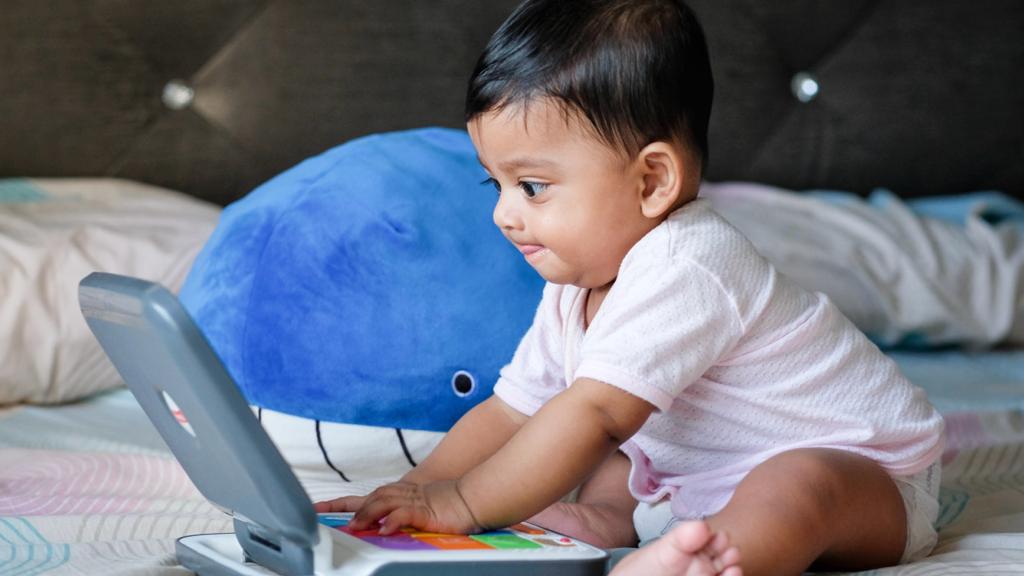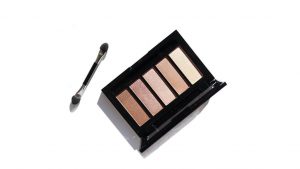
How to choose a baby monitor
As a new parent, it’s natural to want to keep a watchful eye on your little one, even when you’re not in the same room. A baby monitor can help you do just that, but with so many options on the market, it can be overwhelming to choose the right one. To help make your decision easier, we’ve compiled 10 tips for choosing a baby monitor.

Decide on the type of monitor you want
There are two main types of baby monitors: audio and video. Audio monitors allow you to hear your baby’s cries and sounds, while video monitors also provide a visual of your baby. Some video monitors even have features like night vision and zoom capabilities. Consider which type of monitor would provide you with the most peace of mind.
Consider the range of the monitor
The range of a baby monitor refers to the distance between the transmitter (placed in your baby’s room) and the receiver (carried with you). Make sure the range of the monitor you choose is appropriate for your living situation. If you live in a small apartment, a shorter range may be sufficient, but if you have a large home, you may need a longer range.
Look for monitors with multiple channels
Some baby monitors come with multiple channels, which can help prevent interference from other electronic devices in your home. If you live in an area with a lot of wireless activity, or if you have other electronic devices that may interfere with your monitor, consider choosing one with multiple channels.
Check the battery life
Make sure the monitor you choose has a battery life that is long enough to meet your needs. Some monitors require frequent charging or battery replacements, while others have longer battery life. Consider how often you plan to use the monitor and how important it is for the battery to last a long time.
Consider the size and portability of the monitor
If you plan to use the monitor while you’re on the go, or if you have limited space in your home, consider the size and portability of the monitor. Some monitors are designed to be compact and lightweight, while others may be bulkier and more difficult to move around.
Look for monitors with temperature sensors
Temperature sensors can help you keep track of the temperature in your baby’s room, which is important for ensuring their comfort and safety. Some monitors also have humidity sensors, which can help prevent the growth of mold and other harmful substances.
Think about additional features you may want
Some baby monitors come with additional features, such as two-way communication, music or white noise capabilities, and even movement sensors. Consider which features are important to you and your baby, and choose a monitor that has those features.
Read reviews from other parents
Before making a purchase, read reviews from other parents who have used the same monitor. Look for reviews that mention the specific features you’re interested in, and pay attention to any common complaints or issues.
Consider your budget
Baby monitors come in a wide range of prices, so it’s important to consider your budget before making a purchase. While it may be tempting to choose the most expensive monitor with all the bells and whistles, there are plenty of affordable options that still provide quality monitoring.
Look for monitors with a warranty or return policy
Finally, make sure the monitor you choose comes with a warranty or return policy. This can provide added peace of mind in case the monitor doesn’t meet your expectations or stops working properly.
In conclusion, choosing a baby monitor can be overwhelming, but by considering factors like type, range, battery life, and additional features, you can find a monitor that meets your needs and provides peace of mind.
For more tips, check out the following article:How to choose a video card












